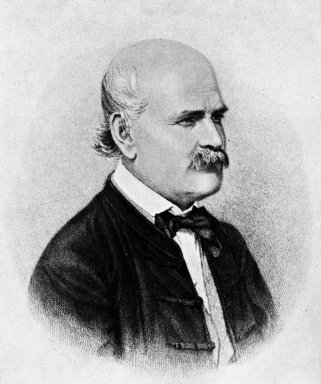First Principles of Organisational Psychotherapy
Delving into the depths of Organisational Psychotherapy, there’s something incredibly human about our quest to find its “first principles”. It’s about getting back to basics, cutting through the noise of jargon, models, and best practices, and getting right down to the root of things – shared assumptions and beliefs.
It’s not about organisational ‘mechanics’. It’s not even strictly about ‘performance’. No, my friends, it’s about ‘people’. It’s about you, me, and everyone we work with.
#1: People are not machines. 🚫🤖
Sounds obvious, right? Yet, we often treat them as such. We talk about ‘productivity’, ‘efficiency’, and ‘output’ as if we’re running a factory. We’re not. We’re working with diverse, complex individuals and communities, with feelings, ambitions, fears, and potential. Embrace that complexity; it’s where the magic happens.
#2: Connection breeds commitment. ❤️🔗
The era of ‘command and control’ is well and truly over. If you want commitment, you’ve got to foster connection. Build an environment where everyone feels heard, understood, and valued. Create a culture of respect and inclusivity.
#3: Growth is a journey, not a destination. 🚀🗺️
Real change isn’t a quick-fix solution. It’s a journey of self-discovery, and it takes time. Organisational Psychotherapy is about holding the space for that journey. It’s about helping organisations understand their patterns, their behaviours, their triggers, and their needs.
#4: Everyone’s got something to bring to the table. 🍽️💡
Every voice matters. Fresh ideas, innovative solutions, and genuine insight can come from anywhere. Be open to them, encourage them, and celebrate them.
#5: Our mental health matters. 🧠⚖️
This should be a no-brainer, but it bears repeating: your team’s mental health matters. Organisational Psychotherapy isn’t just about improving business outcomes; it’s about creating a happier, healthier, more joyful and more sustainable workplace.
Organisational psychotherapy isn’t an instant miracle cure; it’s a journey towards a healthier, happier, and more productive workplace. Let’s make it our mission to put these first principles into practice. Here’s to the journey ahead. 🥂

